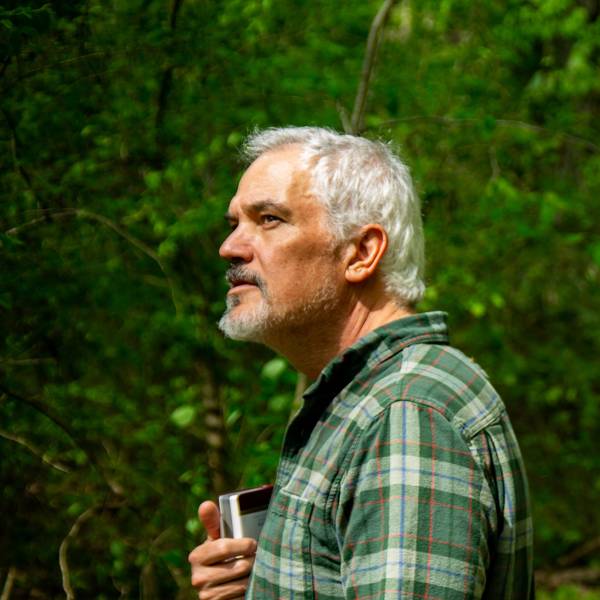A team of students traveled to Stones River National Battlefield in Tennessee to learn camera-trapping — taking pictures of animals in the wild. See photos from their award-winning project.
One hundred fifty-six years, one month and 11 days after the Battle of Stones River ended, 21 students from Nashville’s Oliver Middle School arrived in Murfreesboro, Tennessee, at the national battlefield that commemorates this important Civil War conflict.
National Park Service Ranger and Education Coordinator John McKay explained the significance of the battle to the students, including President Lincoln’s signing of the Emancipation Proclamation on the same day the Union Army won the battle — but the students were there for more than a history lesson.
The ecological value of battlefields is often underrated, and many of these historic sites provide hundreds of acres of intact habitat. These landscapes are carefully preserved to offer an accurate account of conditions at the time, and as a result, they also preserve important biological resources.
The students were the first of three Nashville school groups to deploy wildlife cameras, also known as camera traps, amid this great diversity of flora and fauna in the park, as part of a citizen science project aimed at photo-documenting various critters that call the battlefield home.
I led the program with a big assist from my colleague Ryan Valdez, NPCA’s director of conservation science and policy, as well as McKay and his colleagues Ranger Ava Joiner and Natural Resource Technician Sam Mabery, who worked alongside us in the field. Together, we taught the students about the technology and set cameras at locations approved by our Park Service partners.
The students split into several teams, equipped with backpacks of camera traps, GPS units and data sheets, and took to the outdoor experience as any field researchers would. Working together, they carefully selected each host tree to attach a camera to and went through their checklist of items for installation.
Then, the students left the weatherproof cameras active in the field. A second school group from Antioch Middle School retrieved them 22 days later and set up new camera traps. A third troup from JFK Middle School rounded out the program by retrieving the second group of cameras and setting up the last set of cameras.

Camera Traps as Visual Sensors to Monitor Wildlife: GIS Approach
Three Metro Nashville Public Middle Schools partnered with National Parks Conservation Association (NPCA) and the ranger staff of the Stones River National Battlefield to record wildlife activity in the Park…
See more ›The results were impressive. The students captured thousands of images of wildlife, including white-tailed deer, coyotes, red foxes and a variety of birds such as wild turkeys and eastern bluebirds. The students’ teacher, Carlos Calderon, and GIS consultant Vicki Franklin helped them take the project a step further and integrate the geospatial sciences — the science of mapping. Students learned how to overlay camera locations onto the park’s habitat maps, producing a dynamic “storymap” that conveys the results of wildlife captured on cameras through an online interactive platform.
The students entered their online map in a STEAM (Science, Technology, Engineering, Arts & Math) Expo held on May 8 at Tennessee State University and brought home a gold medal for their efforts!
See their award-winning storymap with more photos here.
Stay On Top of News
Our email newsletter shares the latest on parks.
About the author
-
 Jeffrey Hunter Southern Appalachian Director, Southeast, Southeast
Jeffrey Hunter Southern Appalachian Director, Southeast, SoutheastJeff Hunter is the Southern Appalachian Director with National Parks Conservation Association (NPCA) in Asheville, NC where he works on issues related to Great Smoky Mountains National Park, the Blue Ridge Parkway, and the Appalachian National Scenic Trail.